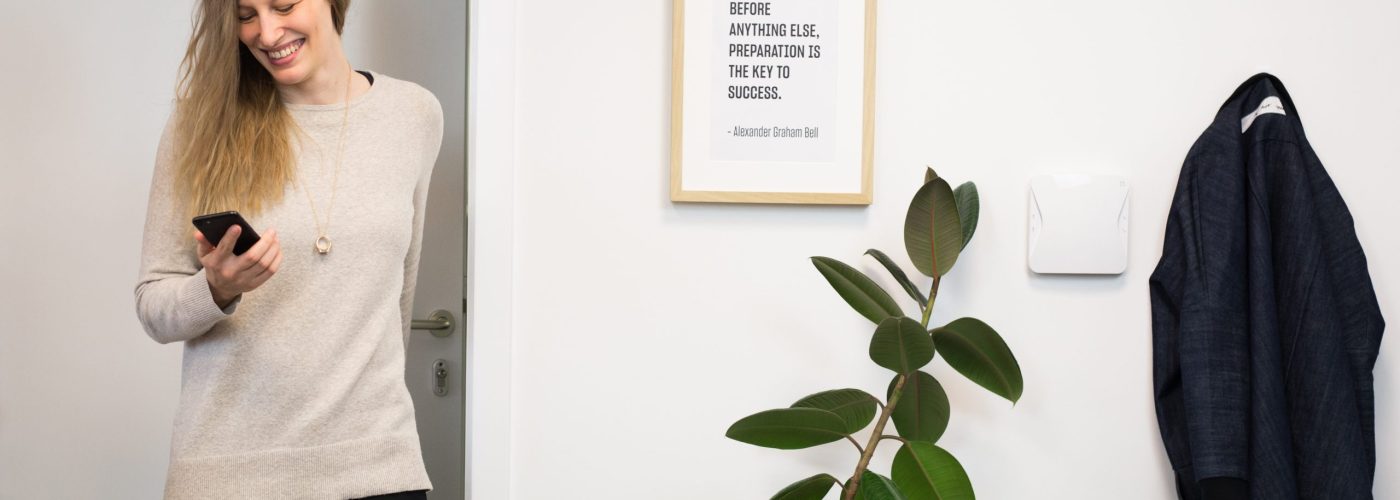By Aleš Špetič, CEO and co-founder of Klevio
When you consider the design of modern buildings, you probably don’t think of the computer. The PC was invented in the 1970s as a way for workers to be more productive. It ended up changing the way that modern workplaces were designed. Miles of copper and fibre cable were strung throughout modern high rises. Extra outlets were installed to make sure that employees had a place to plug in. The open floor plan was added as the computers weren’t as loud as the typewriters they were replacing.
Builders at the time were reacting to what customers wanted and what they showed us was a willingness to indulge in forward thinking. We all know what happened next, what we saw develop in the new offices filtered across into our homes as the PC was adopted by the consumer market, and with it came the copper and fibre cables.
If the PC was invented to help people get their work done, modern buildings are designed to benefit residents and to help building managers work less. Designing for a digital world is no different now than it was back in the 1970s. Builders, architects, and developers need to look at the digital landscape and respond to what the customer requires.
Digital is not going away
Much like the PC at the time, the trend of all things digital is not going away. The vast majority of us carry the same computing power of those early PCs in our pockets. What the modern smartphone allows is access. Access to information and community, but it can also offer access to physical places too. Digital keys and live video displays help building managers and end-users alike. Digital keys allow businesses to manage and secure offices more efficiently.
The modern workplace is portable and flexible. Just like in the design of an open floor office in the 70s, builders of today need to focus on the demands of their clients on building design. In order to attract tenants, you’ll need to provide a series of modern technologies. Mainly internet access, physical access using technology as a driver, and control over the buildings systems with remote access.
The view from the top
If you look at the Auto Industry, you’ll see a lot of future-proofing. Manufacturers, have moved to a digital-first footing. From prototype design to facility management, they operate in a digital version of all things physical. This drastically reduces the costs of building a physical model and testing it in a windtunnel. It also reduced costs by being able to idle certain aspects of the business from a computer. This Digital Twinning is a big trend and should be looked at as a model for modern building design.
There are many things that need to go into modern design. Consumer demands focus mainly on a few key desires. Access to the space from a computer or mobile phone and confidence in the key replacement. Control of the space, such as turning off appliances and lights remotely, and finally allowing guest access to the property; or providing access to maintenance workers from a computer or phone.
What people want now is time
These are just a few examples of what the new generation is coming to expect, not only in the workplace or at home, but in virtually every industry they interact with. Streaming entertainment, online-only banking, e-commerce, and software driven Teslas, are all examples of industries that didn’t exist 10 years ago and only exist now because of consumer demand. In order to satisfy the needs of the modern consumer, your building design needs to have elements that are basically a requirement in 2019.
If you’re able to design in a way that will help people save time, you are truly building for the future.





